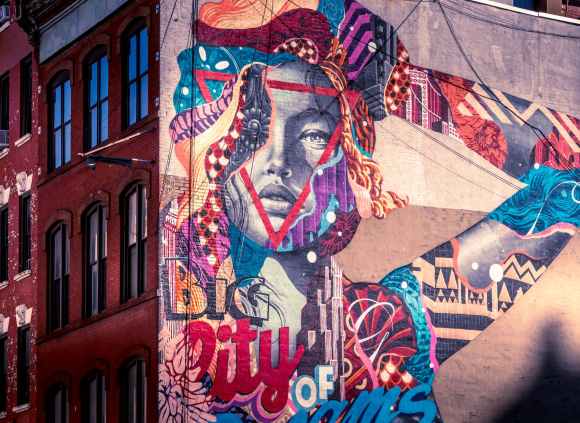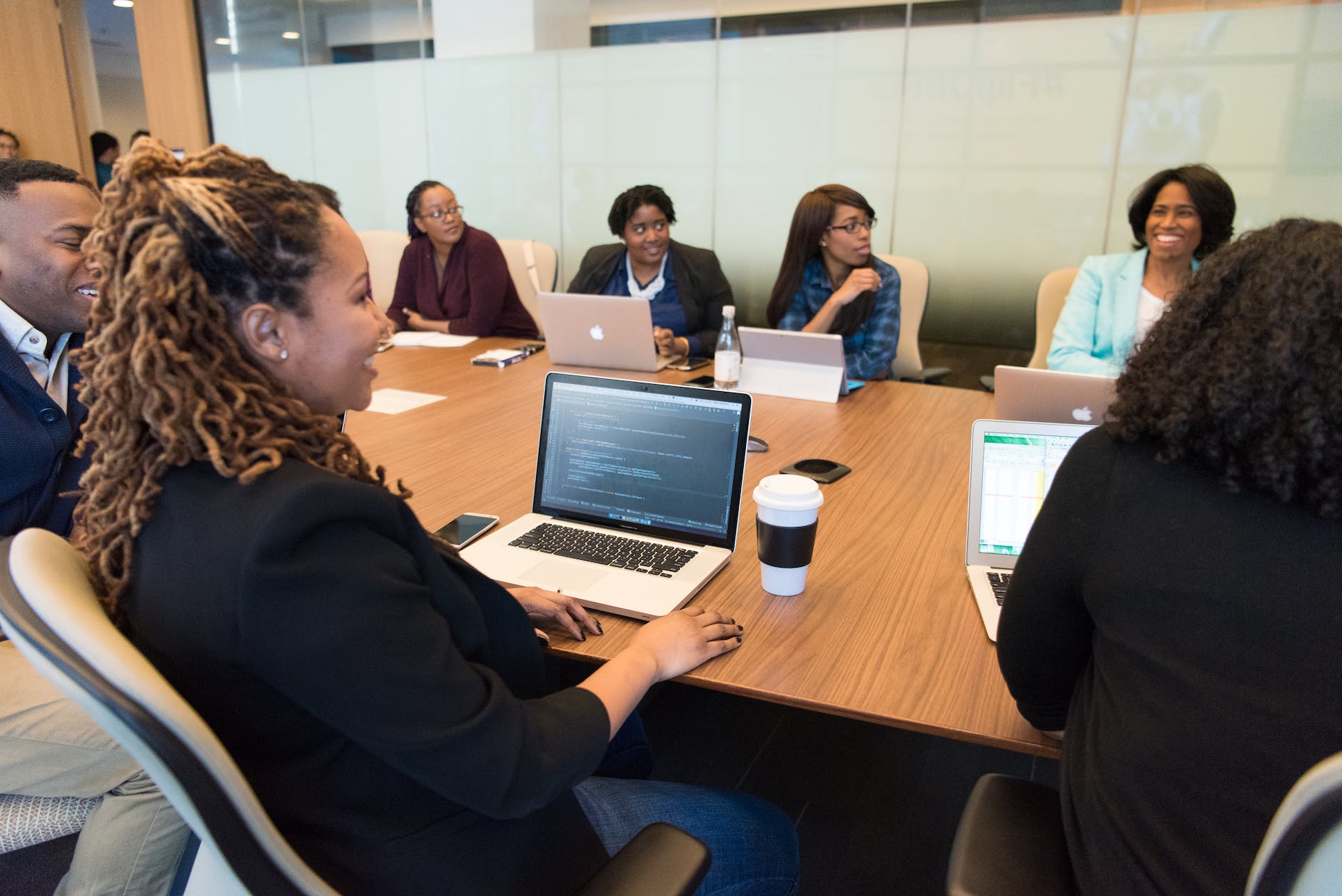Greetings, fellow project managers! 🤝
As project managers, we all know that the art of project management is much like curating a masterpiece. At the African Art Foundation, where I have the privilege of serving as a project manager, the canvas is a little different—it’s adorned with the beauty of African art and culture. However, when it comes to identifying stakeholders in project planning, the brushstrokes we use are universal
🧐 The Stakeholder Conundrum
Identifying stakeholders is the critical first step in laying the groundwork for a successful project. But how do we unravel the web of interests, relationships, and concerns that surround our projects? It’s akin to restoring an ancient painting, where layers of history and context must be carefully unveiled. For one to find their way around this conundrum, he or she would need to align purposes, interests, goals, priorities, etc. Expectations must be managed.
🌐 The Global Palette of Stakeholders
In our projects at the African Art Foundation, stakeholders come from all walks of life. From passionate art enthusiasts, local communities, and scholars, to philanthropists, government bodies, and international art organizations, our canvas spans the globe. And yet, this diversity is something all project managers can relate to. Your stakeholders, too, might have varied backgrounds and interests. Yet, these stakeholders must be identified; and to do so one must acknowledge, take cognizance of, and know their way around this palette.

🖋️ The Art of Identification
Here’s how we approach the identification of stakeholders at the African Art Foundation, and I believe these principles can be universally applied:
- Start with a Blank Canvas: Begin with a clean slate, like a blank canvas. List all potential stakeholders, even those who may seem peripheral at first. This inclusive approach helps ensure no one is left out.
- Sketching Out Influence and Interest: Just as an artist adds depth to their work, we categorize stakeholders based on their level of influence and interest. High-influence, high-interest stakeholders require our closest attention.
- Mixed-Media Research: Dive into the world of your stakeholders. Research their needs, concerns, and aspirations. Like a painter exploring new techniques, understanding your stakeholders deepens your connection.
- Engage in Open Dialogue: Communication is like the brush that adds colour to your canvas. Engage with stakeholders, seek their perspectives, and be open to their insights. It’s a collaborative process, much like art.
🗺️ An Ever-Evolving Mosaic
Just like African art, the stakeholder landscape is a vibrant mosaic. It evolves, with new stakeholders emerging and existing ones changing their colours over time. Therefore, we must continuously refresh our canvases.
🎨 Artistry of Inclusivity
In the realm of project management, there’s an artistry to inclusivity. The African Art Foundation believes that engaging stakeholders, weaving their ideas into our projects, and addressing their concerns, results in a richer tapestry. This, I’m certain, is a universal truth in project management. 🌐

📈 The Masterpiece in the Making
As project managers, we are entrusted with the creation of masterpieces in our own right. The canvas might change, and the subject may vary, but the fundamentals remain the same. Stakeholder identification is our first brushstroke in the creation of something beautiful and impactful.
🤝 The Journey Continues
So, my fellow project managers, as we navigate our own canvases, whether they are filled with African art or other projects, let’s remember that the art of identifying stakeholders unites us all. The canvas is wide, and the palette diverse, but the desire to create something extraordinary is universal.
Let’s continue to paint our own masterpieces, one project at a time, and make the world a more colourful place. 🎨
Thank you for being part of this incredible journey! 🙏
#ProjectManagement #StakeholderIdentification #AfricanArt #ArtOfInclusion #MasterpieceInProgress




